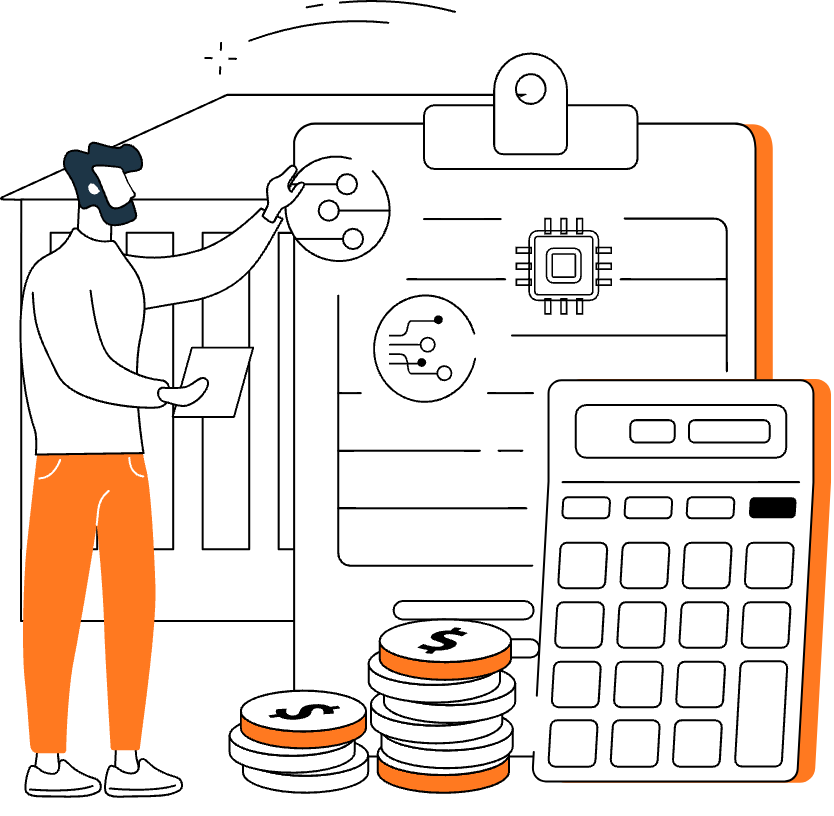A laser driver is an electronic device used to control and drive the operation of a laser. It can excite the laser by providing a current or voltage signal, causing it to generate a unique laser beam.
The working principle of a laser driver is typically based on the operation mechanism of a laser diode (LD) or a solid-state laser. For a laser diode, the laser driver provides a current signal to generate laser emission by exciting the semiconductor material. For a solid-state laser, the laser driver uses a high-voltage pulse driving circuit to excite the laser medium, causing it to generate laser emission.

Advantages of laser drivers include:
1. Precise control: Laser drivers can provide precise current or voltage signals, enabling precise control of the laser. They can adjust parameters such as output power, frequency, and wavelength of the laser.
2. High efficiency: Laser drivers can provide high-efficiency driving signals, converting electrical energy into laser energy, thereby enhancing the efficiency and output capability of the laser.
3. Reliability: Laser drivers are designed with precision, using high-quality components and stable driving circuits. They have strong anti-interference ability and the ability to work stably for long periods of time.
Common combinations of laser drivers include laser diodes and solid-state lasers. The laser driver paired with a laser diode is typically a constant current source, which allows for precise control of the laser diode's current. The laser driver paired with a solid-state laser is usually a pulse drive source, which uses high-voltage pulse signals to excite the laser medium and generate pulsed laser output.
Laser drivers are widely used in many industries, including:
1. Laser processing: Laser drivers play a crucial role in laser cutting, laser marking, laser welding, and other laser processing applications.
2. Medical aesthetics: Laser drivers are used in medical aesthetic devices such as laser hair removal, laser freckle removal, laser tattoo removal, etc., providing precise laser outputs for selective destruction of skin lesions.
3. Communication and fiber optic transmission: Laser drivers are used in optical communication and fiber optic transmission systems to drive optical communication devices such as optical modulators, laser amplifiers, etc., providing stable laser output signals.
4. Scientific research experiments: Laser drivers are used in scientific research experiments to excite laser light sources and generate lasers of specific wavelengths and powers for various research fields, including physics experiments and biological experiments.
In summary, a laser driver is an electronic device used to control and drive lasers, by providing current or voltage signals to excite the lasers. It has advantages such as precise control, high efficiency, and reliability. Common combinations include laser diodes and solid-state lasers, which are commonly used in industries such as laser processing, medical aesthetics, communication and fiber optics, and scientific research experiments.



 Maximise returns
Maximise returns provides warehouse storage
provides warehouse storage Parts sold at highest market value
Parts sold at highest market value
 Paymentin advance
Paymentin advance GDP purchases all your excess
GDP purchases all your excess Best for time-sensitive solutions
Best for time-sensitive solutions
 Search All
Search All Create an RFQ online
Create an RFQ online




